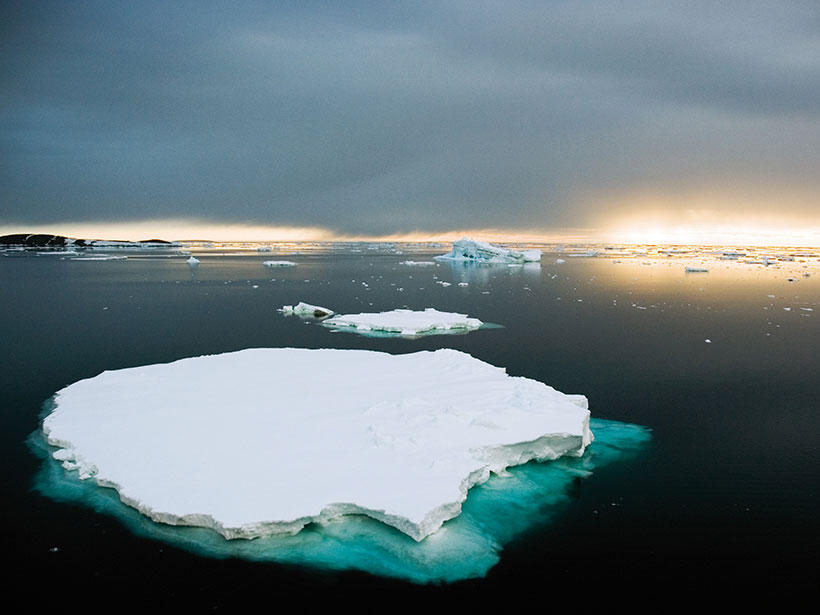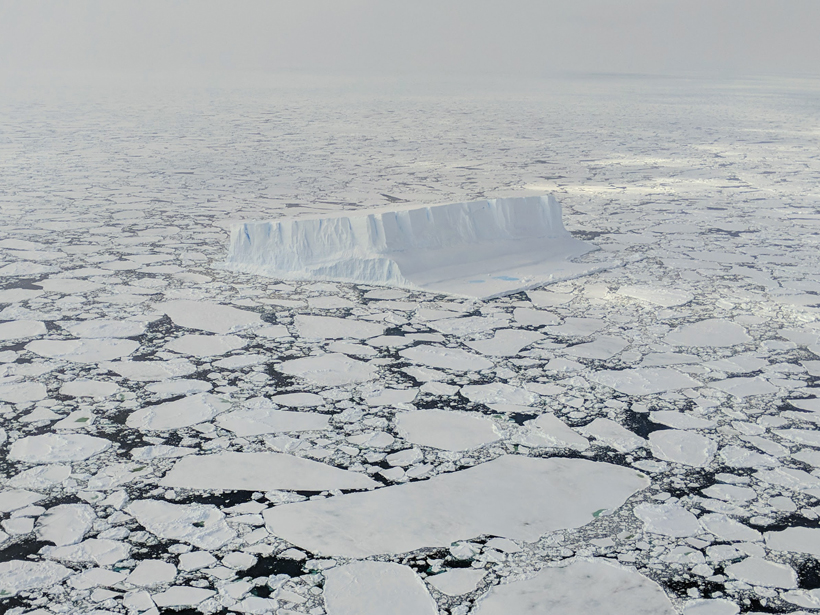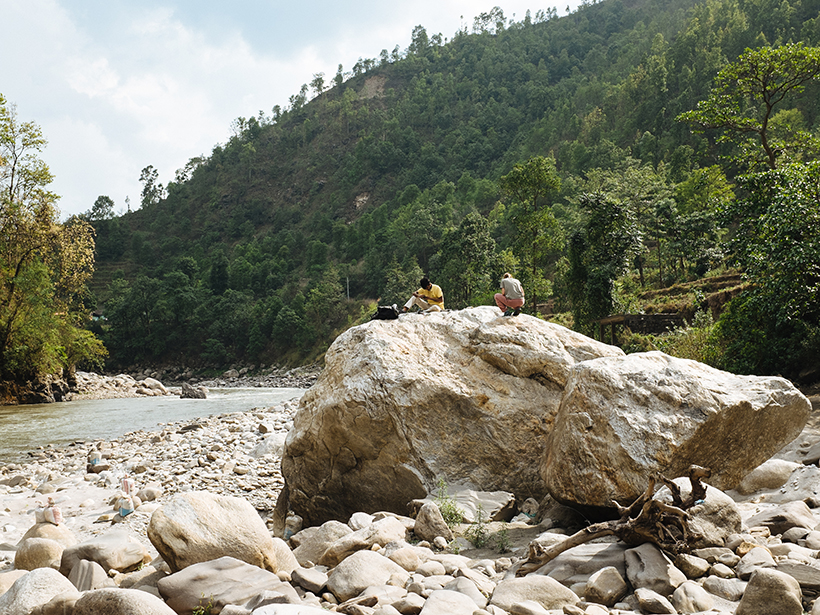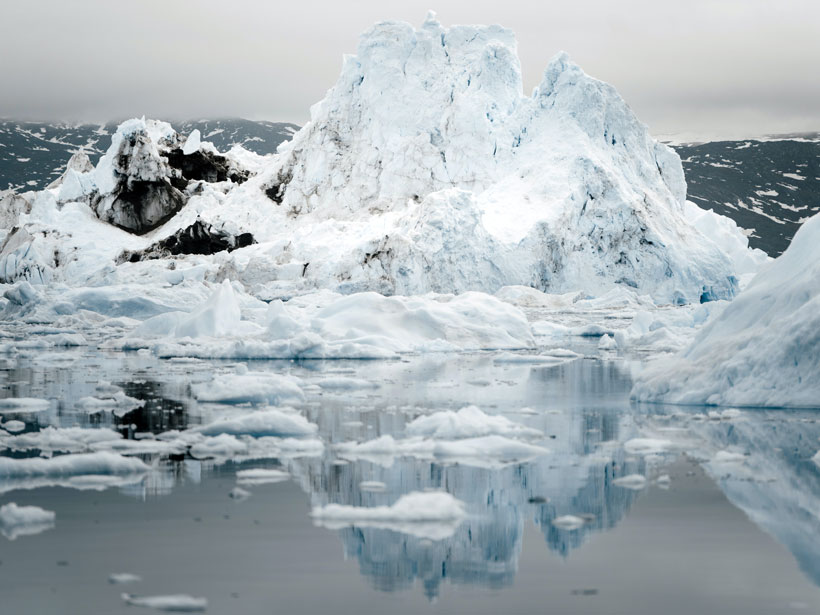Living in Geologic Time: How long will the cape keep its fist raised against the waves?
glaciers & ice sheets
Dust from Receding Glaciers May Have Major Atmospheric Impacts
New research is helping scientists understand how Arctic dust created by receding glaciers affects local air quality and global climate.
Tracing the Moisture That Nourishes the World’s Highest Glacier
Using data from weather stations on and around Mount Everest, scientists find that the Khumbu Glacier receives most of its moisture from the Bay of Bengal.
An Ice Probe on Earth Could Help Us Find Life in Space
An instrument called WATSON can help find biosignatures on icy ocean worlds.
Gravity Data Reveal Unexpected Antarctic Ice Variations
A new analysis of long-term satellite records shows the East Antarctic Ice Sheet is unexpectedly dependent on fluctuations in weather. This study may improve models of how much sea levels will rise.
Researchers Produce First Artificial Icequakes
Laboratory experiments show similarities between glacier beds and tectonic faults.
Antarctica in a Changing Climate
The impacts of the Antarctic Ice Sheet response to climate change will have global consequences for millions living near the coast. It’s just a matter of when.
Powerful Glacial Floods Heave Himalayan Boulders
Many of the house-sized boulders that litter Himalayan river channels were transported thousands of years ago by glacial lake outburst floods, new observations suggest.
Sediment Layers Pinpoint Periods of Climatic Change
Researchers studying sediment cores from the Gulf of Alaska have pinpointed when the Cordilleran Ice Sheet, now extinct, disgorged icebergs into the Pacific Ocean.
Cielos Despejados Sin Precedentes Condujeron a un Notable Deshielo en Groenlandia
A los científicos les preocupa que los modelos climáticos actuales no tomen en cuenta el impacto de las condiciones atmosféricas en la capa de hielo del Groenlandia, y en consecuencia, puedan subestimar drásticamente su derretimiento.










